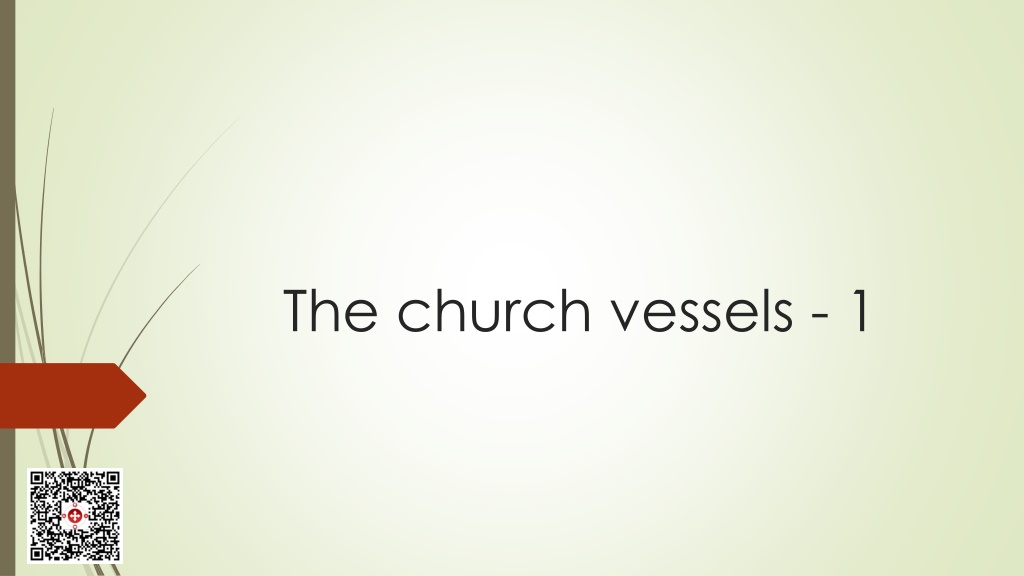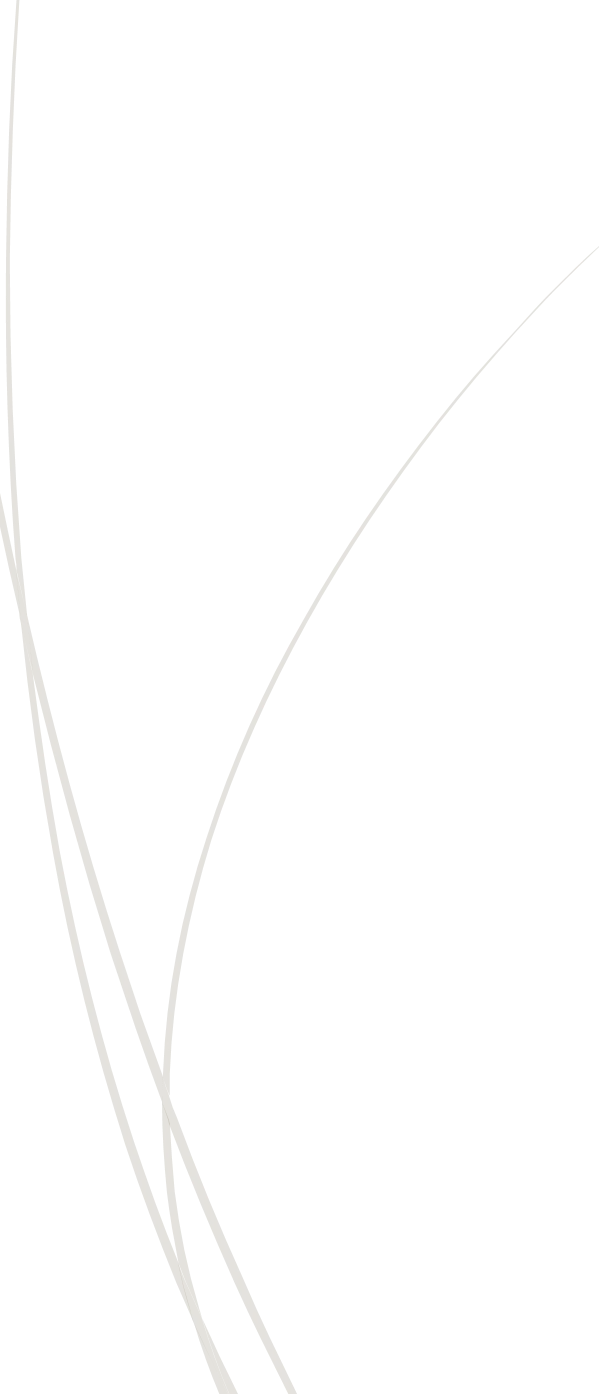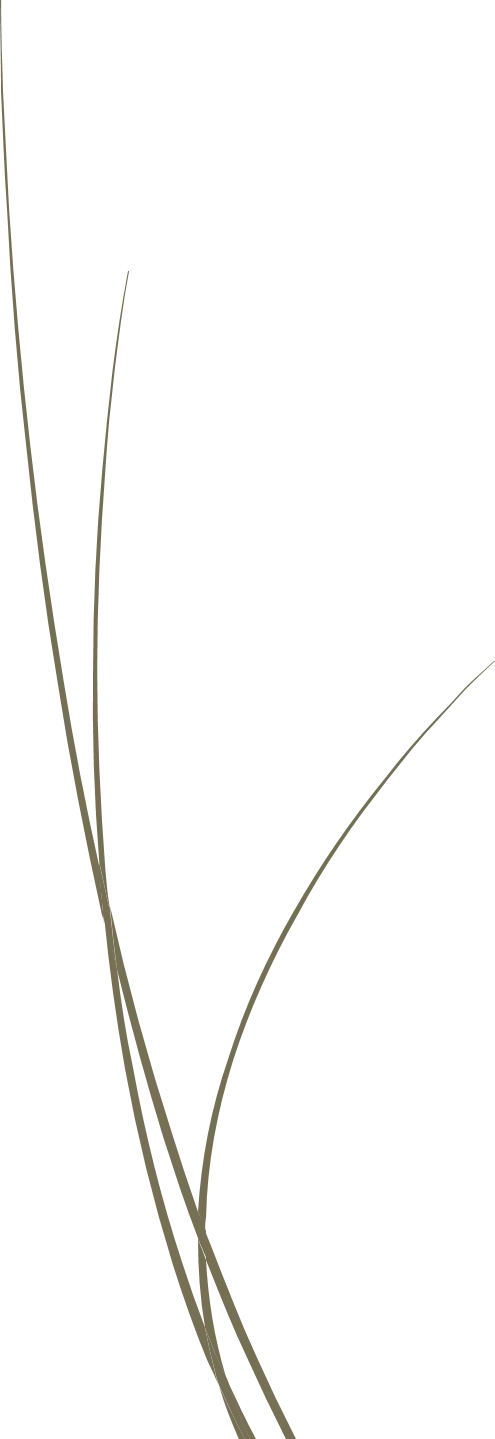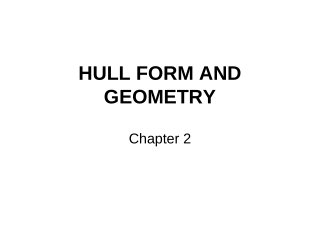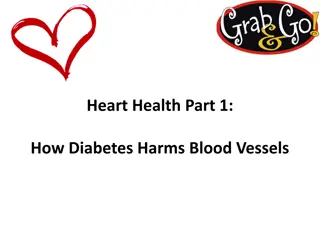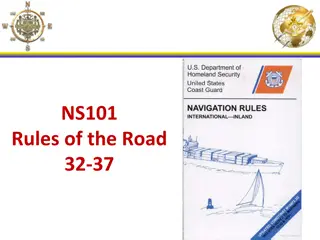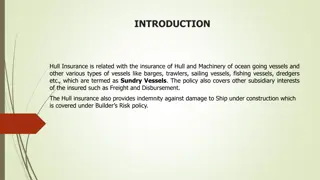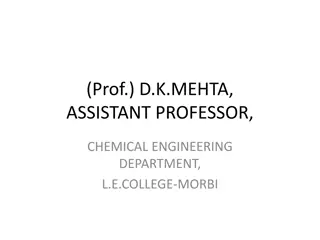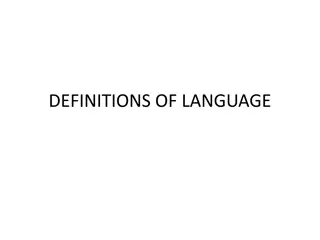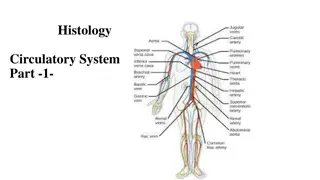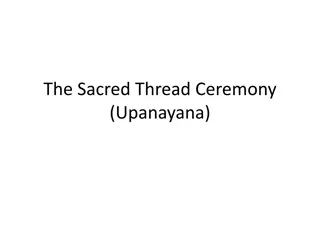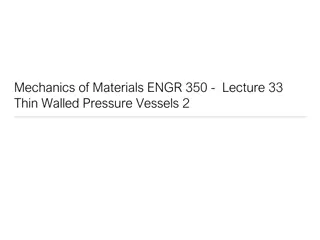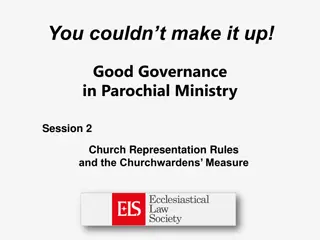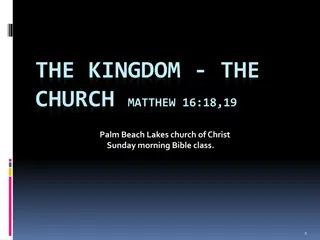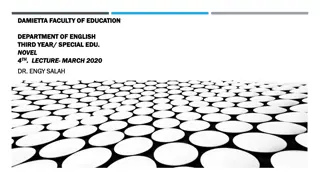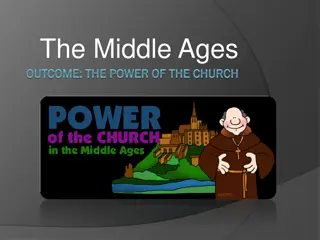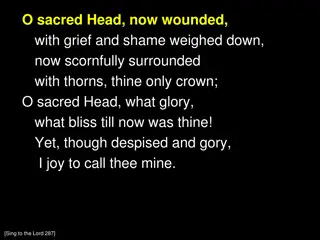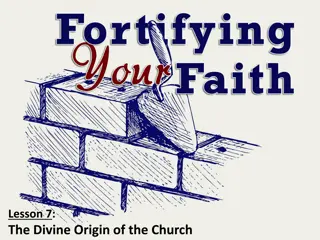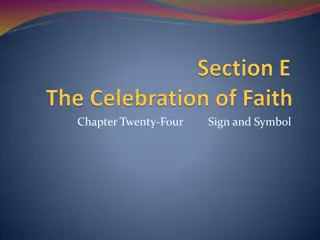Church Vessels and Sacred Symbols
Delve into the significance of church vessels and sacred symbols, such as the Incense Box, Censor, Korban (Holy Bread), and Korbana. Discover the deep spiritual meanings behind these elements used in liturgical practices and their representation of divine aspects.
Download Presentation

Please find below an Image/Link to download the presentation.
The content on the website is provided AS IS for your information and personal use only. It may not be sold, licensed, or shared on other websites without obtaining consent from the author. Download presentation by click this link. If you encounter any issues during the download, it is possible that the publisher has removed the file from their server.
E N D
Presentation Transcript
The Incense box A box where the incense is placed to be used during the liturgy It is placed on the Altar
The Censor Represents St. Mary The upper dome represents heaven The lower dome represents the womb of St. Mary The coal represents Christ's Humanity The fire represents Christ's Divinity The incense on top of the coal is the aroma that we received when he represented Himself as a true Sacrifice, and we smelled him, as did His Good Father The three chains represent the Trinity, and are united by one chain in the Middle (the unity of the Trinity)
Korban (Holy Bread) Should be made round shaped as the sun, which emits heat, warmth, and light, as when we take Holy Communion we are filled with the grace emitted from the sun of righteous- Jesus Christ as the light of Christ shines within us, and expels the darkness of sin from our lives. The circle also refers to the eternal Lord Jesus Christ and to eternity (unlimited) as the circle has no beginning and no end.
Korban The five holes: The five holes in the holy bread refer to Christ s wounds, the two holes in his hands, the hole in his feet, the stabbing of the spear on his side, and the thorn crown. Also the five holes are made to avoid any crackles during baking, so that the holy bread has no faults as Jesus Christ is perfect.
Korbana A middle cross surrounded by twelve crosses. These represent the twelve disciples and Jesus Christ himself the cornerstone. The large centered cross refers to Jesus Christ, therefore the part of the holy bread that holds this cross in the middle is called "Alasbadikon", and this part is the piece which the priest puts in the goblet. While the twelve crosses surrounding the middle cross refers to the twelve Disciples of Christ, this indicates the existence of Jesus Christ always amidst His disciples.
The three sanctifications: Around the large cross surrounded by the twelve crosses is a circle with the words "Holy God" written on it. This means Holy God (three times) as if Christ is surrounding His church in the world, being in the middle so that it will never be shaken. The three sanctifications "Holy God, Holy Mighty, Holy immortal who does not die, are written in coptic in a circular motion around the holy bread. This is the prayer we say in each hour of the Psalms (Agpeya), and before reading the Bible in the Divine Liturgy. So what we eat is actually the body of Christ, the Son of God
